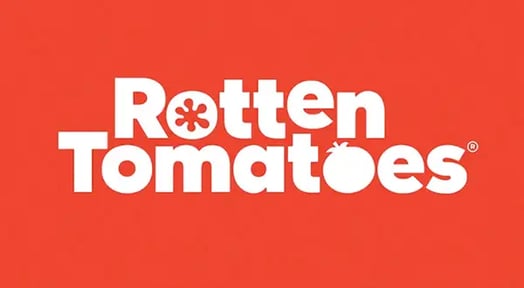Photo: RottenTomatoes.com

Rotten Tomatoes scores — those tomato-themed movie ratings that decide whether films are “Fresh” or “Rotten” and pop up everywhere from Google results to DirecTV listings — are determined not by an algorithm, but by a small group of people in a conference room.
The Tomatometer is surprisingly low tech. But, as Wired reports, Rotten Tomatoes scores are a big deal thanks to the company’s strange history of acquisitions and partnerships.
First things first: How does the Tomatometer work?
- Human curators track down all reviews of a movie/TV show from a huge group of preapproved critics.
- Those curators determine if those reviews are positive (“Fresh”) or negative (“Rotten”) — on a totally subjective scale.
- The percentage of positive reviews becomes the Tomatometer score: Under 60% = “Rotten”; 60% or higher = “Fresh.”
But despite the seemingly random process, Rotten Tomatoes scores are influential: ⅓ of Americans look at Rotten Tomatoes, and 63% of those people have decided not to watch something due to Rotten Tomatoes scores.
And Rotten Tomatoes got big almost by accident
The company was founded in 1998 by a bunch of grad-school students who wanted to rank Jackie Chan movies.
But after becoming popular over the course of a decade, the site got sucked into an acquisition roller coaster:
- In 2010 — Rotten Tomatoes bought by Flixster
- In 2011 — Flixster bought by Warner Bros.
- In 2016 — Rotten Tomatoes sold to Fandango (owned by Comcast NBCUniversal)
Then, under Comcast NBCUniversal ownership, Rotten Tomatoes partnered with huge movie-distributing platforms, including Google, Apple, and DirecTV — which helped make the Tomatometer score a nearly universal (and very subjective) indicator of whether a movie sucks.

